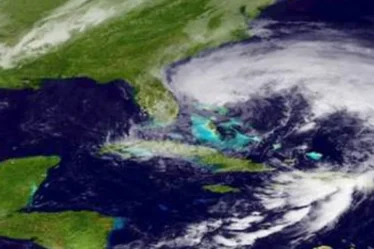Find out what the most dangerous airports of the world, where they are and some interesting facts about each one.
There are several airports around the world that are considered dangerous for a variety of reasons.
For example, adverse weather conditions, challenging topography or safety issues.
However, it is important to highlight that aviation security is a priority and airports generally implement measures to mitigate risks.
Here are five of most dangerous airports It's worth staying a little behind.
Top 5 of the most dangerous airports in the world
Aviation professionals are rigorously trained, in addition, a lot of money is invested in developing technologies to make airspace safer.
However, there are still most dangerous airports, which you should be careful with, check it out:
1st Princess Juliana International Airport (SXM)
Located on the island of St. Maarten, in the Caribbean, this airport is known for its short runway that ends next to a very busy beach.
The planes must fly at low altitude over beachgoers before landing, which can be an impressive experience.
2nd Lukla International Airport (LUA)
Located in Nepal, this airport is the main entry point for those wishing to climb Mount Everest.
It has an extremely short runway and is surrounded by steep mountains, as well as having strong winds and unpredictable weather conditions.
3rd Toncontín International Airport (TGU)
Located in Tegucigalpa, Honduras, this airport is known for its short runway and surrounded by mountains.
Approach and landing require exceptional pilot skills to avoid obstacles and ensure a safe landing.
4th Paro International Airport (PBH)
Located in Bhutan, this airport is situated in a valley surrounded by Himalayan mountains.
The approach requires pilots to maneuver between mountains and land on a short runway, which poses a significant challenge.
5th Kai Tak International Airport (now closed)
Located in Hong Kong, the old Kai Tak airport was famous for its spectacular and challenging approach.
Pilots had to maneuver between densely populated skyscrapers and make a sharp turn before landing on a short runway, close to water.
Conclusion
Although consideration is given to most dangerous airports, this should not be an obstacle to stopping traveling.
It is important to note that these airports are challenging for pilots, but many precautions are taken to ensure safe operations.
Pilots receive specialized training and airports implement additional security measures to minimize the risks involved in these operations.

I am a person fascinated by travel, enthusiastic about discovering new places and cultures. In this space on my blog, I want to share my experiences around the world, bringing tips, stories and inspirations to help you explore incredible destinations. Let's travel together and discover what the world has to offer!



